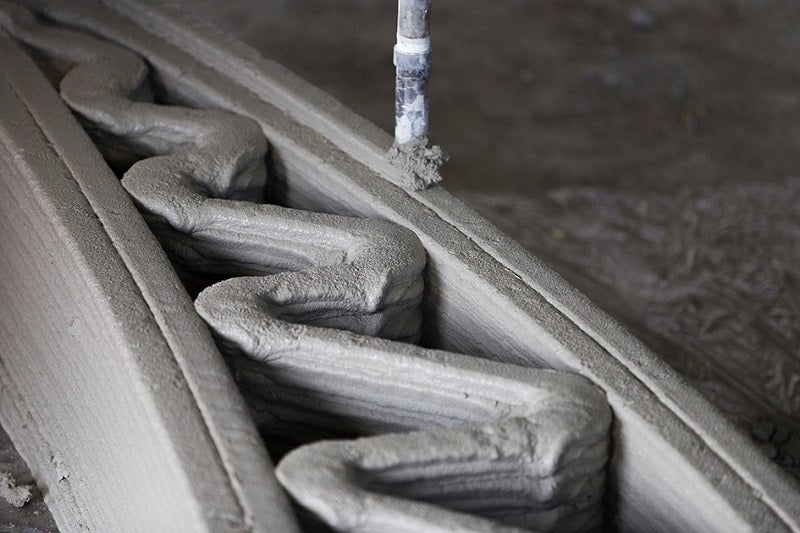
HS2’s London tunnels contractor Skanska Costain Strabag joint venture (SCS JV) is set to deploy on-site 3D reinforced concrete printing technology, Printfrastructure, for Britain’s new high-speed rail network.
This initiative is said to be the first such development where 3D concrete printing will be deployed.
SCS JV will build structures on-site by printing concrete with computer-operated robots.
This will replace the activity of carrying the structures as pre-cast slabs by road before assembling and lowering them into place by large cranes.
The 3D concrete printing eliminates the need to develop costly logistical plans.
Claimed to be a flexible mobile technology, it can be used in physically restricted areas.
The technology helps in the execution of the works without disrupting the travelling public.
HS2 said in a statement: “This is because a robot will print the reinforced concrete, enabling construction to continue and trains to run at the same time.
“Previously work would have taken place overnight after trains have stopped running, potentially disturbing the local community, or would have required the suspension of services to ensure safe working.”
The company added that the printed internal lattice structure will not only minimise the quantity of concrete required but also reduce waste.
ChangeMaker 3D, SCS JV’s Worcestershire-based partner, has developed this technology in collaboration with UK advanced materials specialist Versarien.
The process of 3D concrete printing uses graphene, which is said to be the strongest material ever tested.
HS2 said: “Concrete with microscopic strands of graphene only several atoms thick running through it like stripes in a stick of rock replaces traditional steel to help drive improved site safety, greater construction flexibility, shorter build time, and a smaller carbon footprint.”
According to SCS JV’s estimation, this new process can potentially cut down the quantity of the concrete and CO₂ by up to 50%.
The company stated that carbon reduction can be further obtained by simplifying the construction procedure and removing steel as the construction material.
Proof-of-concept trials will commence next year.
Last month, HS2 announced plans to deploy the new ‘double composite’ method for designing the Wendover Dean Viaduct in Buckinghamshire.
In a separate development, services on the West Coast Mainline near Tamworth have been delayed after a helium balloon got caught in 25,000V overhead electric cables.


